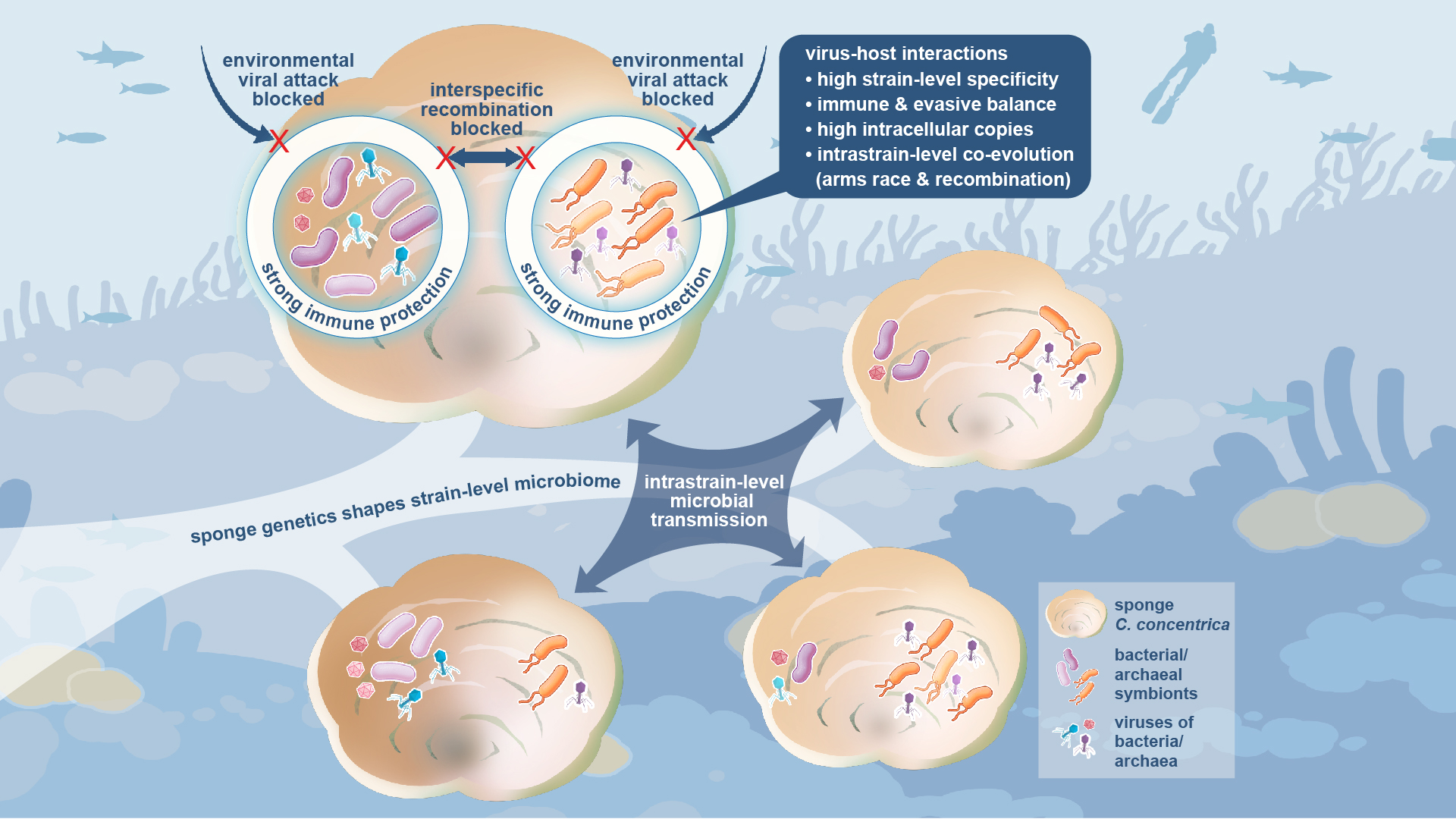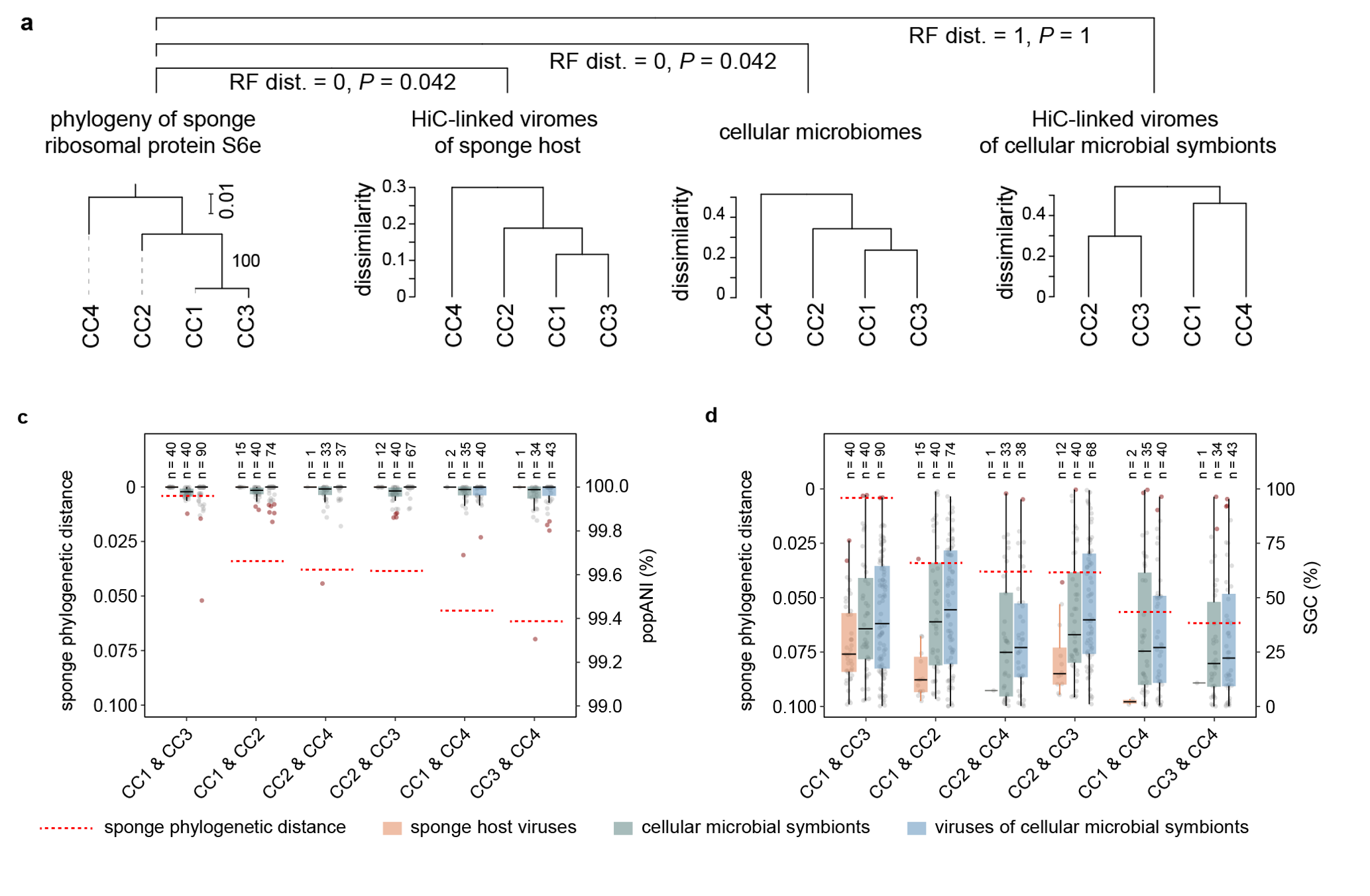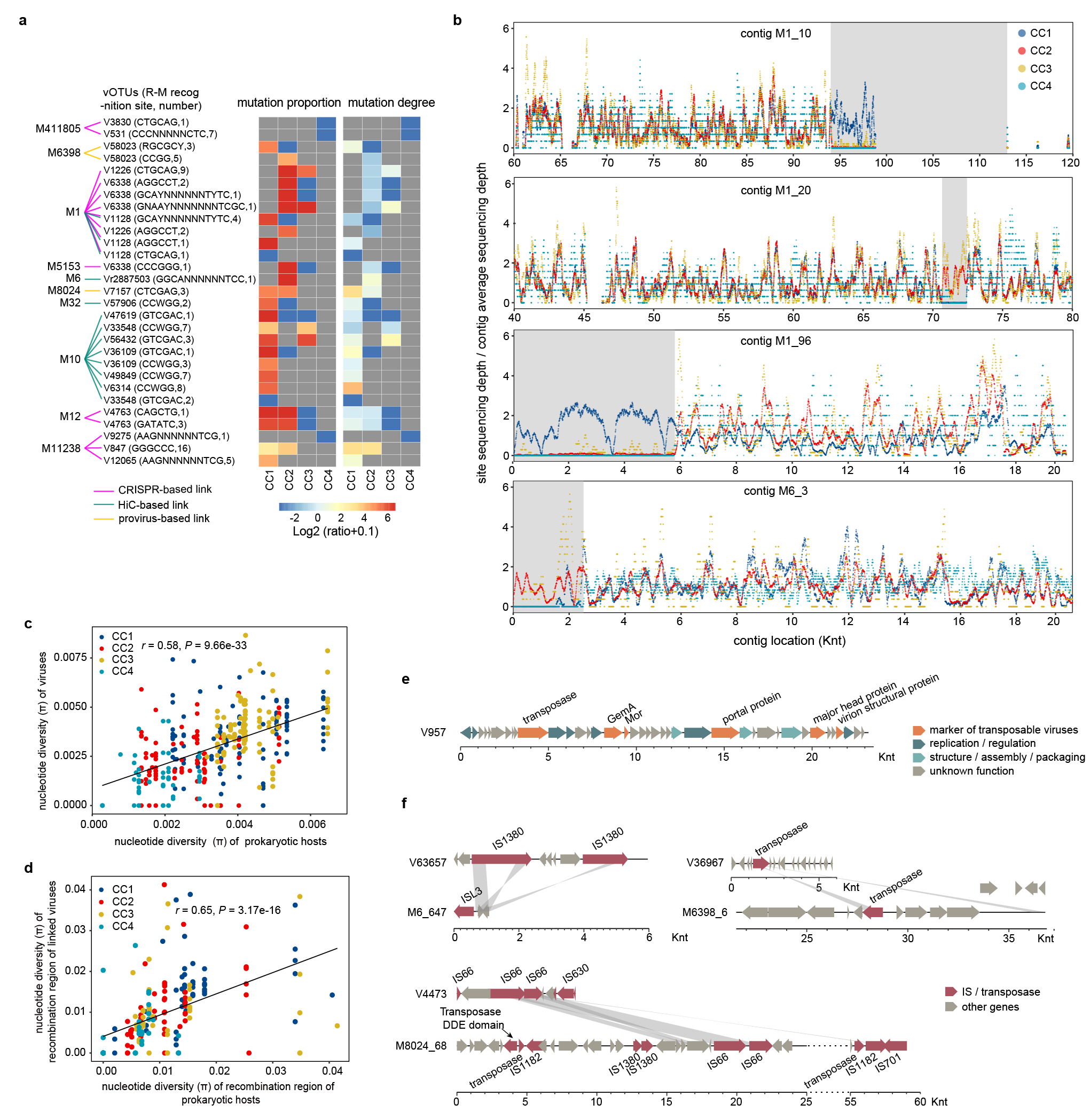Holobionts are ecological and evolutionary entities consisting of host animals or plants and their associated communities of symbiotic microbial eukaryotes, bacteria, archaea, and viruses (collectively the microbiome). Marine holobionts, such as corals, sponges, and seaweeds, contain great genetic and functional diversity, serving as crucial components for maintaining marine ecosystem equilibrium. Information on the biological processes that structure microbiomes and generate genetic variability within and between holobiont individuals are essential to understanding holobiont health and evolution. However, it is largely unknown which specific determinants drive similarity or individuality in genetic diversity between holobionts.

Assistant Professor Lu Fan’s research team from the Department of Ocean Science and Engineering at the Southern University of Science and Technology (SUSTech), in collaboration with Professor Torsten Thomas’s team from the University of New South Wales (UNSW), has made important progress in unraveling the ecology and evolution of marine microbial symbiotic systems, namely holobionts. Their study has revealed the decoupling of population genetic diversity at the strain and intrastrain levels in sponge holobionts offshore of Sydney, Australia.
Their work, titled “Decoupling of strain- and intrastrain-level interactions of microbiomes in a sponge holobiont”, has been published in Nature Communications.
Utilizing Oxford nanopore sequencing, high-throughput chromosome conformation capture (HiC) metagenomics, and single-nucleotide variation analysis, the researchers investigated the organization, interactions, and co-evolution of cellular microbial symbionts (unicellular algae, bacteria, and archaea) and their viruses. This study focused on strain- and intrastrain-level dynamics within a subset of a local population of Cymbastela concentrica, a widely distributed and ecologically important temperate sponge in the Indo-Pacific Ocean. The results indicated that the sponge and cellular hosts of viruses had a strong effect on the strain-level organization of the holobiont, exhibiting a pattern like inter-specific phylosymbiosis. However, at the intrastrain level, the substantial overlap in nucleotide diversity between holobionts suggests frequent exchanges of microbial cells and viruses in the local sponge populations.

Figure 1. Phylosymbiosis-like pattern and nucleotide diversity overlap of holobiont members between individuals of sponge C. concentrica
Immune-evasive arms races likely restricted virus-host co-evolution at the intrastrain level. The team identified the involvement of at least three forms of mutation generation by virus-host interaction. These include random point mutations in the restriction recognition sites of viral genomes to evade digestion by host restriction endonucleases; specific CRISPR immune memory generated by bacterial and archaeal hosts in response to viral attacks among sponge individuals; and frequent exchange of genome fragments by viruses and their highly specific cellular hosts. Together, these processes contribute to the generation of holobiont-specific genetic diversity in microbial symbionts across different sponge individuals.

Figure 2. Intrastrain genetic variations driven by immune interactions and genome recombination between cellular microbial symbionts and their viruses
This study demonstrates that a decoupling of strain- and intrastrain-level interactions is potentially a key factor in the genetic diversification of holobionts. It offers a structured map for understanding the ecological and evolutionary processes occurring within marine holobionts. These insights not only enhance research on the health and ecological roles of marine organisms but also provide a scientific basis for the conservation of marine ecosystems and the promotion of sustainable development.
Research Assistant Professor Wenxiu Wang from the Eastern Institute of Technology, Ningbo (and a former postdoctoral researcher in Lu Fan’s lab) is the first author of the paper. Assistant Professor Lu Fan and Professor Torsten Thomas are the corresponding authors, with SUSTech serving as the first affiliated institution. Other contributors to this work include Dr. Weizhi Song and Marwan E Majzoub from UNSW; Dr. Xiaoyuan Feng from The Chinese University of Hong Kong, Shenzhen; Dr. Bu Xu, Dr. Jianchang Tao and Professor Yuanqing Zhu from SUSTech; Professor Zhiyong Li from Shanghai Jiao Tong University; Professor Pei-Yuan Qian from The Hong Kong University of Science and Technology; and Professor Nicole S. Webster from the Australian Antarctic Division.
This research was supported by the National Natural Science Foundation of China.
Paper link: https://www.nature.com/articles/s41467-024-52464-6
To read all stories about SUSTech science, subscribe to the monthly SUSTech Newsletter.
Proofread ByAdrian Cremin, Yingying XIA
Photo ByDepartment of Ocean Science and Engineering